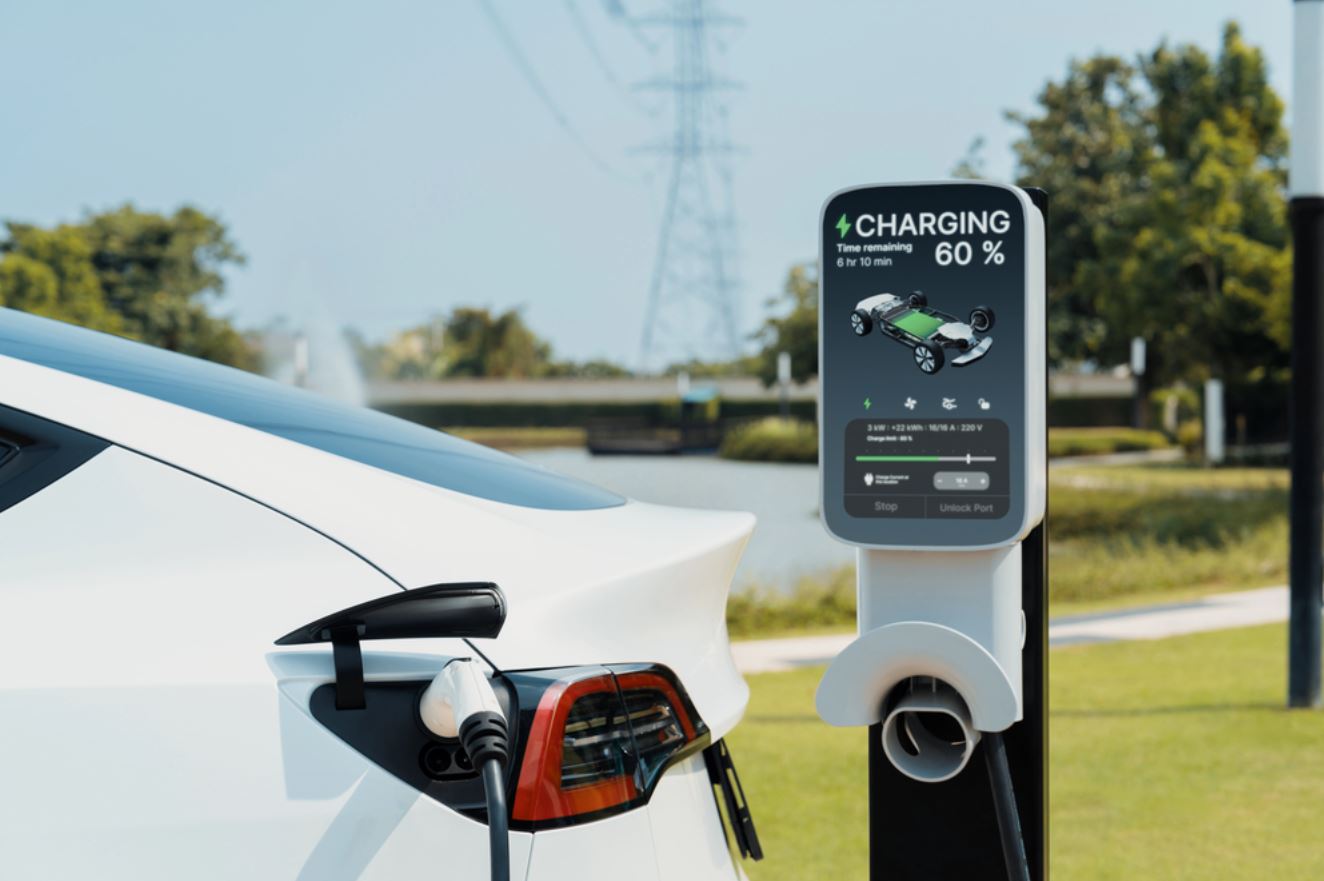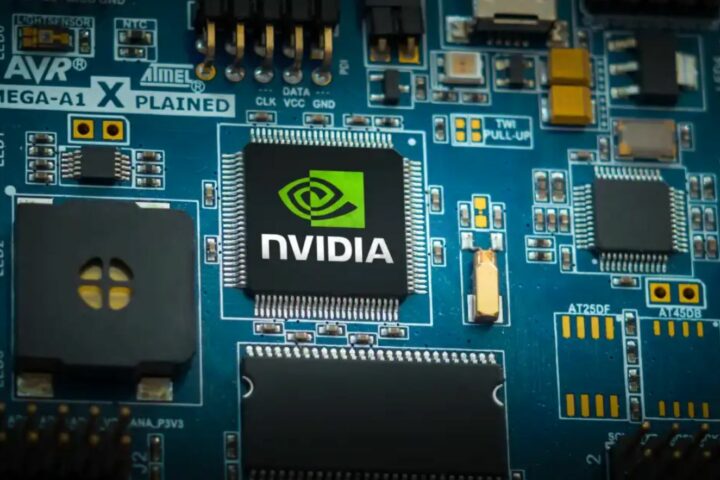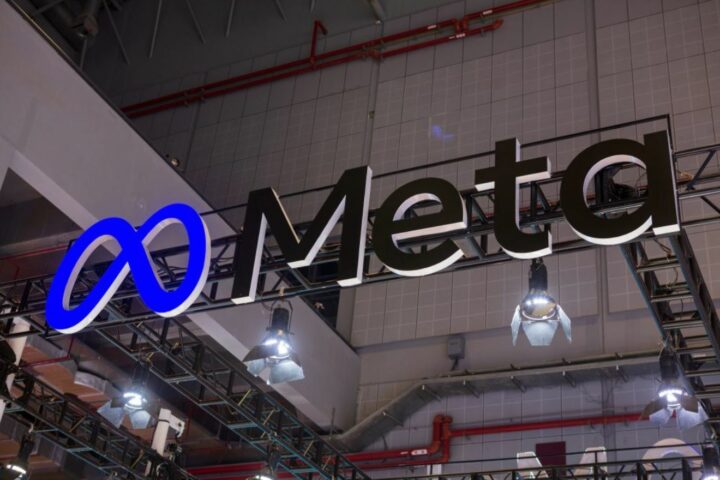 Imagine a world where your electric vehicle (EV) charges faster, lasts longer, and is more eco-friendly. Thanks to a groundbreaking concept from the MARBEL project, funded by the European Union, this is becoming a reality. The Eurecat Technology Center is leading the charge, focusing on creating modular and sustainable battery designs that are good for both you and the planet.
Imagine a world where your electric vehicle (EV) charges faster, lasts longer, and is more eco-friendly. Thanks to a groundbreaking concept from the MARBEL project, funded by the European Union, this is becoming a reality. The Eurecat Technology Center is leading the charge, focusing on creating modular and sustainable battery designs that are good for both you and the planet.
Eduard Piqueras, the MARBEL Project Coordinator, points out just how crucial it is to embrace circularity in EV technology. By improving battery performance, the project aims to tackle common issues like limited range and long charging times. This means you can enjoy longer trips without the usual worries.
The new battery prototypes are designed to be easily assembled and disassembled, making repairs, reuse, and recycling a breeze. According to a press release, these battery packs use up to 60% post-consumer recycled aluminum, which saves around 777 kg of CO₂ emissions per pack. Plus, advanced recovery methods are in place to extract high-purity materials like graphite, lithium, nickel, manganese, and cobalt from used cells. This is all in line with European sustainability regulations.
Violeta Vargas, a researcher at Eurecat, highlights how integrating eco-design principles like modularity and second-life applications helps extend battery use while keeping material value intact. This approach not only reduces waste but also supports sustainability and economic viability.
MARBEL’s prototypes come with an innovative cooling system for even heat removal and optimized charging algorithms that enable ultra-fast charging. A switchable Junction Box allows for seamless voltage transitions, supporting different battery architectures for various pack sizes. These advancements are set to extend battery life through reuse and refurbishment beyond automotive applications.
The intelligent architecture features easily assembled busbars that can withstand vehicle vibrations. The project’s technology also extends to internal battery management, incorporating wireless communication and real-time energy monitoring to cut down on weight, cost, and complexity. The Smart Cell Manager (iSCM) offers localized cell monitoring and Bluetooth communication with the Battery Management System (BMS), significantly reducing wiring lengths. In a 16-cell battery pack, wiring can be slashed from over 20 meters to just 80 centimeters, cutting material costs and boosting efficiency.
Data from the BMS and iSCM feeds into a digital twin system, utilizing machine learning for predictive analytics on battery life, charge status, and health. This real-time data is crucial for planning second-life applications once the batteries are no longer fit for automotive use.








